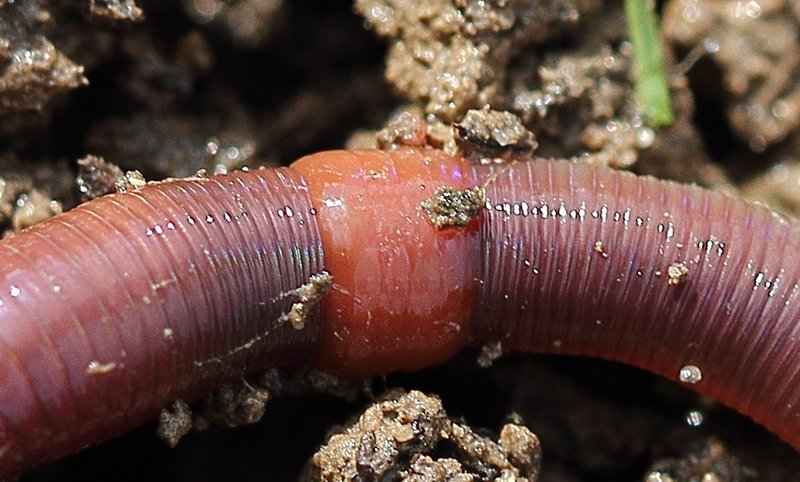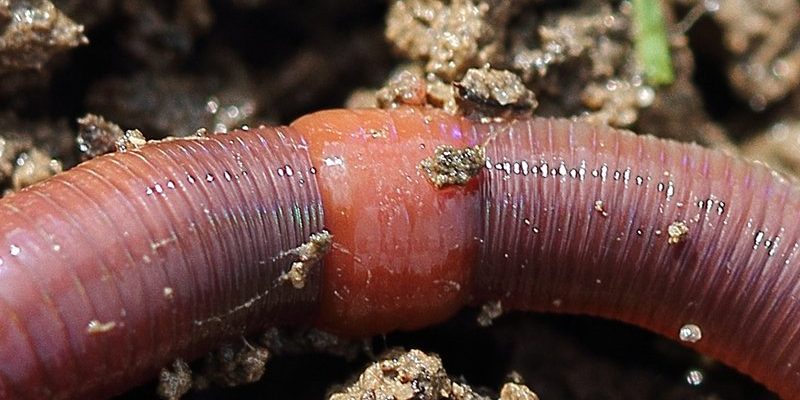
Imagine a perfect little garden where native plants thrive, all thanks to the natural balance of the ecosystem. Now, picture that garden being overrun by a new species of earthworms that don’t belong there. Instead of enhancing soil quality, these invasive worms are disrupting the delicate balance, changing the landscape, and making it harder for local plants to survive. So, let’s dig in and explore how earthworms can become invaders in some ecosystems.
What Makes Earthworms Invasive?
You might be wondering what makes an earthworm an “invasive species.” To put it simply, an invasive species is one that is not native to a specific location and can cause harm to the environment, economy, or human health. Earthworms fit this bill in certain places, particularly in North America, where some species were introduced by humans.
These earthworms often come from Europe and Asia, and while they may be beneficial in their native habitats, they can wreak havoc in new ecosystems. When these invasive species establish themselves, they can disrupt local flora and fauna. Here’s what happens:
- Competition: Native plants may struggle for nutrients and space as these invasive worms begin to dominate the soil.
- Soil Alteration: The invasive earthworms can change the structure and chemistry of the soil, making it less suitable for native plants.
- Impact on Wildlife: Animals that depend on native plants may have a tough time finding food, leading to larger imbalances in the food web.
The introduction of these foreign worms often comes from activities like gardening, landscaping, or even fishing, where they might accidentally be transported from one place to another.
How Do Invasive Earthworms Affect Ecosystems?
Let’s get into the nitty-gritty of how these earthworms alter the environments they invade. When invasive earthworms take root, they’ve got a few sneaky tactics:
1. Nutrient Cycling: In their native lands, earthworms help with nutrient recycling, but in new areas, their fast consumption of leaf litter and organic matter can lead to *nutrient depletion*. This means that critical nutrients are consumed too quickly, leaving the soil poor and making it hard for native plants to thrive.
2. Changes in Plant Communities: Native plants have evolved over time alongside local ecosystems. With the arrival of invasive earthworms, the balance shifts. Some plants may not adapt well, leading to decreased biodiversity. Imagine a once-blooming meadow that slowly turns into a barren patch because the native plants can’t compete with the invaders.
3. Soil Structure Alteration: Earthworms naturally aerate the soil, which is great, but invasive species can overdo it. They may create too many tunnels, leading to erosion and instability in the soil. This can create an environment that’s less hospitable for many native plants and animals.
The Case of the European Nightcrawler
One notorious invasive earthworm is the European Nightcrawler, or *Eisenia hortensis*. This species was brought over for fishing bait and has since spread throughout North American forests. What’s its impact?
– Leaf Litter Reduction: The European Nightcrawler consumes leaf litter at an alarming rate, which is crucial for many forest ecosystems. This can lead to soil erosion and reduced habitats for small critters that depend on that litter.
– Harm to Native Worm Species: These invaders often outcompete native earthworm species, leading to their decline. With fewer native worms, the overall soil health in an area can decrease.
Recognizing the Problem: Signs You Might Have Invasive Earthworms
So, how can you tell if your garden or local area is facing an invasion? Here are some red flags to look out for:
- Unusual Soil Changes: Have you noticed differences in your soil? Perhaps it feels looser or seems to wash away more easily? This might be a sign of invasive earthworms at work.
- Decline in Native Plant Life: If you see fewer native plants or they seem stunted, the presence of invasive earthworms could be the culprit.
- Excessive Leaf Litter Decomposition: If it seems like leaf litter disappears much faster than usual, it’s worth investigating.
If you spot these signs, it may be time to take action before the problem escalates.
Control and Management of Invasive Earthworms
If you’ve determined that invasive earthworms are affecting your garden or local ecosystem, what can you do? Here are some strategies for managing the situation:
1. Avoid Introductions: Educate yourself and others about the risks of introducing non-native worms into the environment. This includes not using foreign worms for fishing bait or composting without knowing their origin.
2. Physical Removal: In some cases, you can physically remove earthworms from your garden. This should be done carefully to avoid damaging the surrounding soil and ecosystem.
3. Promote Native Species: Enhance the habitat for native earthworms and plants. This might involve planting native species and reducing lawn areas, providing cover and resources for local wildlife.
4. Monitoring: Keep an eye on the situation after implementing management strategies. It’s crucial to regularly check the health of your soil and plants.
What Can You Do to Help Your Local Ecosystem?
You might be wondering how you can play a role in minimizing the impact of invasive earthworms. Here are some simple yet effective ways:
- Educate Yourself: Learn about your local ecosystem and what plants and animals are native to your area.
- Participate in Local Conservation Efforts: Engage with local conservation groups that focus on preserving native species and habitats.
- Share Information: Spread awareness about the importance of protecting local ecosystems and the impact of invasive species.
By taking these steps, you’re contributing to the health of your local environment. Every little bit helps!
Final Thoughts on Earthworms and Ecosystems
In conclusion, while earthworms are essential players in maintaining healthy soil ecosystems, their role can shift dramatically when they become invasive. Understanding how they interact with their environment is key to preserving native plant and animal communities. So, the next time you see an earthworm, take a moment to appreciate its complexity—recognizing that its impact can vary greatly depending on where it is. By being informed and proactive, you can help keep your local ecosystem thriving, ensuring that every worm has a role to play in its own backyard.

